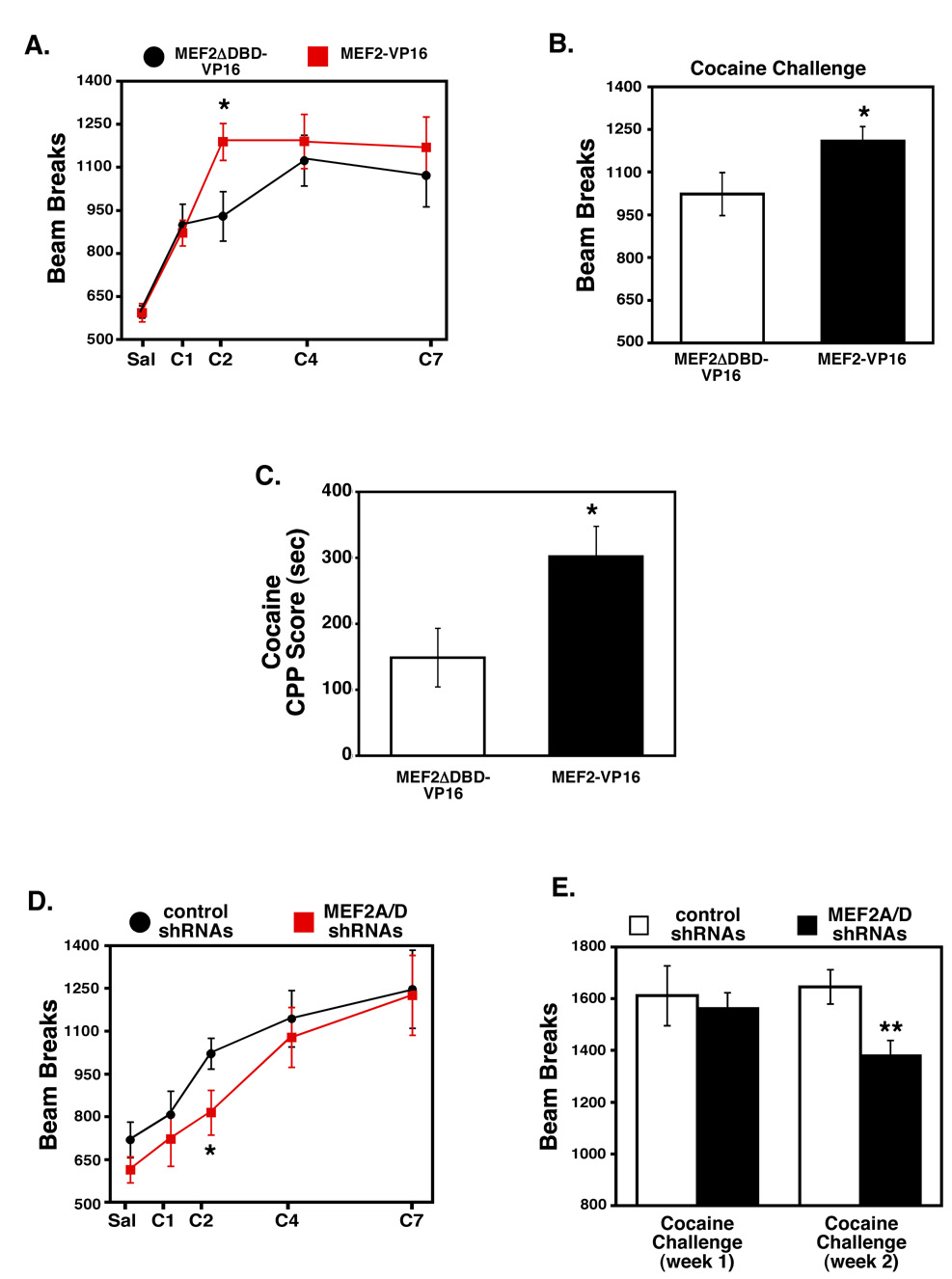Figure 4. MEF2 activity in the NAc modulates behavioral responses to cocaine.
(A) Viral-mediated expression of MEF2-VP16 in the NAc significantly increases sensitivity to repeated cocaine administration. Mice expressing MEF2-VP16 in the NAc have normal locomotor response to saline and the first cocaine injection (15 mg/kg), but are significantly more sensitive to the subsequent dose compared to the MEF2-VP16 DNA binding mutant control (MEF2ΔDBD-VP16) (*p<0.05, n=9–10, Student's t-test on day 2). (B) Mice expressing MEF2-VP16 in their NAc remain significantly more sensitive to a challenge dose of cocaine (15 mg/kg) after one week of withdrawal (*p<0.05, n=9–10, Student's t-test). (C) Mice expressing MEF2-VP16 in the NAc spend more time in a cocaine-paired (8 mg/kg) environment as measured by conditioned place preference (*p<0.05, n = 13, Student's t-test). (D) Viral-mediated knockdown of MEF2A/2D in the NAc significantly reduces sensitivity to repeated cocaine administration. Mice expressing shRNAs against MEF2A/2D in the NAc have normal locomotor responses to saline and the first cocaine injection (15 mg/kg) but are significantly more sensitive to the subsequent dose compared to mice expressing control shRNAs (*p<0.05, n=9–11, Student's t-test on day 2). (E) Mice expressing shRNAs against MEF2A/2D in the NAc show significantly less cocaine-induced locomotor activity in response to a challenge dose (15 mg/kg) given two weeks after the acquisition of cocaine sensitization (**p<0.01, n=9–11, Student's t-test). RNAi-mediated reduction of MEF2A/2D in the NAc has only a slight trend towards reducing locomotor responses to a challenge dose of cocaine (15 mg/kg) one week after acquisition of cocaine sensitization (p>0.05, n=9–11).

